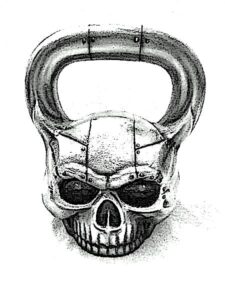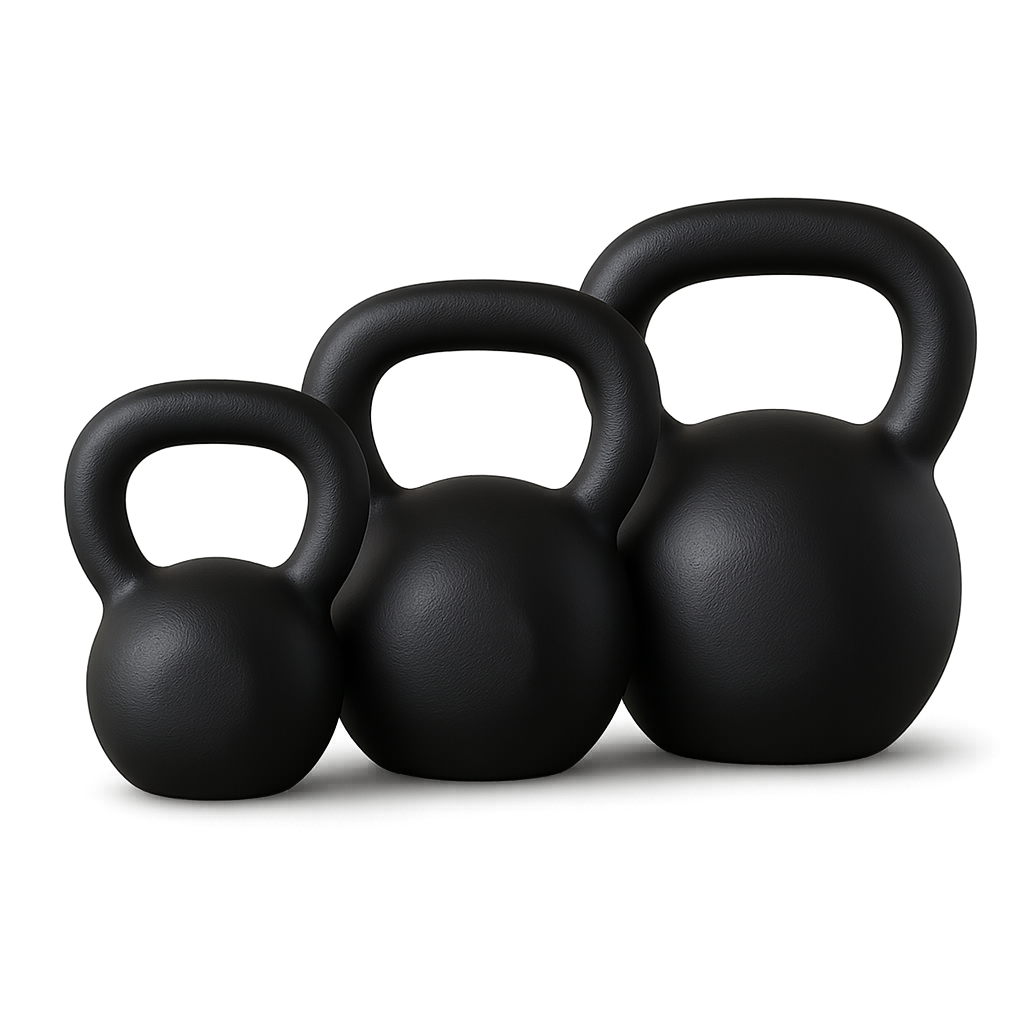
Getting Started With Kettlebell Training
You may have just taken my 5-hour kettlebell seminar. Maybe we talked about kettlebell training during a lecture or conversation and your curiosity has been piqued. Or maybe you found this page while looking into kettlebells online.
Wherever you’re coming from, here’s what you need to know to get started with the right gear—and avoid wasting money or time.
My Go-To Source for Kettlebells

After years of testing and using different brands, White Lion Athletics is my go-to. Their bells are well-made, durable, and priced right. They’re Canadian-based, ship fast, and they back the kind of serious training I teach.
This is where I buy mine. This is where I send my students.
If you’re ready to pick one up, please use this link. It’s gear I believe in, and using the link helps support the work I’m putting into this site.
To make it better, White Lion and I set up a deal for my students and readers. Use the code toughenup at checkout to save 10% on most kettlebells.
White Lion Athletics – Click here to order— Use code toughenup at checkout to save 10%

(Note: Discount doesn’t apply to bundles or non-kettlebell items.)
What Size Kettlebell Should You Start With?
You don’t need a full set to get started—just one or two well-chosen bells will serve you for a long time.
For Most Men:
- Start with a 16 kg (35 lbs).
- Add a 20kg and 24 kg as you progress.
For Most Women:
- Start with an 8 kg (18 lbs) or 12 kg (26 lbs).
- Add a 16 kg when ready.
For Stronger Lifters:
- If you can bench 200+ lbs., start with a 20 kg or 24kg.
- Or pick the bell you can press strictly 3–5 times.
A Common Mistake to Avoid
Not to stereotype, but I’ve seen it enough to notice:
- Women often underestimate their strength and go too light.
- Men often overestimate their strength and go too heavy.
Too light is the bigger mistake.
A bell that’s too light lets you make sloppy reps without consequences. You don’t get the feedback, you don’t build proper tension, and you don’t learn what clean mechanics actually feel like. A heavier bell keeps you honest. You either do it right—or you know it.
That first kettlebell will probably feel awkward and heavy. That’s normal. But within a few sessions, it often feels too light. Your stabilizers wake up. Your mechanics improve. Your confidence grows fast.
You want a bell that’s just heavy enough to demand focus and form. If you’re not sure, it’s usually better to go heavier. Worst case, you grab a lighter one later and work your way up.
If you go too light? That bell will sit in the corner and collect dust.
You Only Need a Few
You don’t need ten kettlebells. You need two or three that hit the sweet spot of your current strength and experience level.
While kettlebells are produced in small weight increments, you don’t need them. They’re not dumbbells. As Pavel Tsatsouline explains in his article “6 Reasons for the Leaps Between Kettlebell Sizes” (StrongFirst), big jumps challenge the body and mind. They build strength and resilience. They stop you from getting stuck in neutral.
A better way to train is to start with a manageable bell, build up your reps or sets, then move to the next size. When you do, your volume drops—but the challenge spikes. You repeat the process. That’s real progress.
It’s not about adding weight every week. It’s about doing more with what you’ve got—until it’s time to level up.
Not Just Kettlebells…

White Lion is also where I go for steel clubs and steel maces — tools you’ll see more of in upcoming Toughen Up content. If you’re already thinking ahead, have a look at their catalogue.
Click here to check out White Lion Athletics — and don’t forget to use the code toughenup to save 10%.
More tutorials and training content are coming.
Get equipped. Then get to work.
Train smart, stay safe and Toughen Up.
Randy
If you have any additional questions, feel free to email me at Randy@ToughenUp.com .
